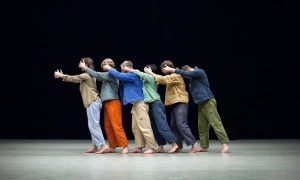Brendan Keaney OBE stepped down from his role as Artistic Director and Chief Executive at DanceEast at the end of July. He spent the last 14 years with DanceEast, but his career in dance spans over 45 years. Dance Informa had the distinct privilege of chatting with Keaney as he reflected on his journey in dance, the current landscape of dance in the UK, and his hopes for the future.
Keaney’s introduction to dance began serendipitously, sparked by his childhood idolization of David Bowie. Dreaming of pop stardom and learning of Bowie’s mime studies, Keaney, from a working-class Irish family, stumbled into a dance and mime class that left him intrigued. His older brother later introduced him to Rambert’s Cruel Garden, and witnessing live dance for the first time ignited Keaney’s passion, setting him on the path to becoming a dancer.
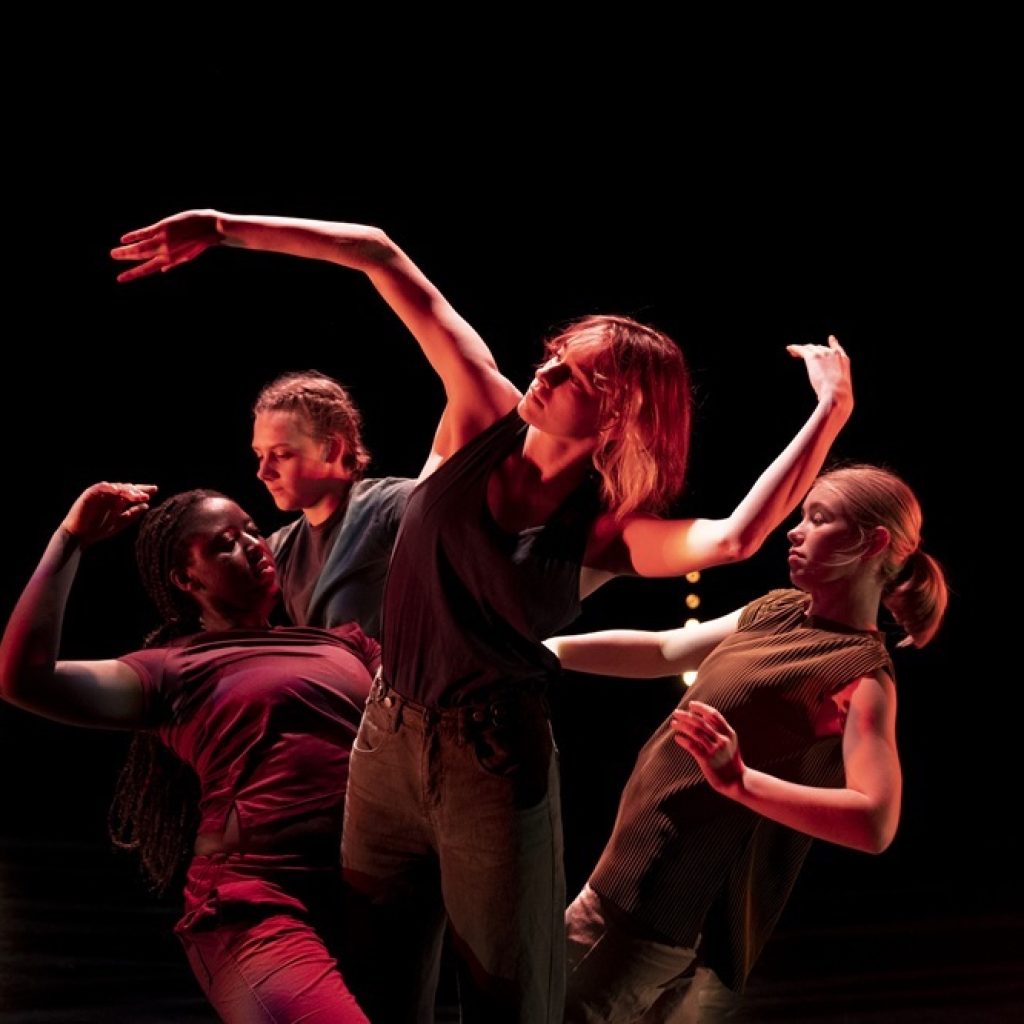
Keaney’s humble beginnings have raised his awareness to dancers who also come from families who may struggle to afford traditional training. “The technical standards now are much higher, and to achieve them, you must start dancing much younger,” he says. “In the UK, mostly that will be done by parents paying for children to go to ballet school.”
Although financial barriers can limit access to dance training, Keaney praises new opportunities, like the CAT scheme. “We have the CAT (Center for Advanced Training) scheme. They’re for talented young people from about age 11, who may not be able to afford training. We get money from the Department of Education to run the program. So, if you’ve come from a working-class family and you’re talented, there is an opportunity to pursue dance. Most of the young people, if they stick with it, end up going to The Place or Northern School of Contemporary Dance, etc.”
Looking to the UK dance industry at large, Keaney acknowledges the many strengths it has. “If you’re a young person growing up in Ipswich today, you can probably see more dance than I could as a young person growing up in London. I would have never imagined that the public would have access to the kind of facility I’m sitting in today. One of the things that has always been exciting about UK dance is we were way ahead of the curve in terms of dance in disability, contemporary South Asian work, dance in the African diaspora – we have an incredibly diverse, rich type of dance. It’s a fantastic celebration that this is an international place.”
Despite its many strengths, Keaney also expresses concern over funding. “The big challenge for dance in the UK at the moment is lots of the money to fund extraordinary expression isn’t available in the way that it was,” he notes. “Though there is more money available, there isn’t enough to feed the development of dance that has occurred.”
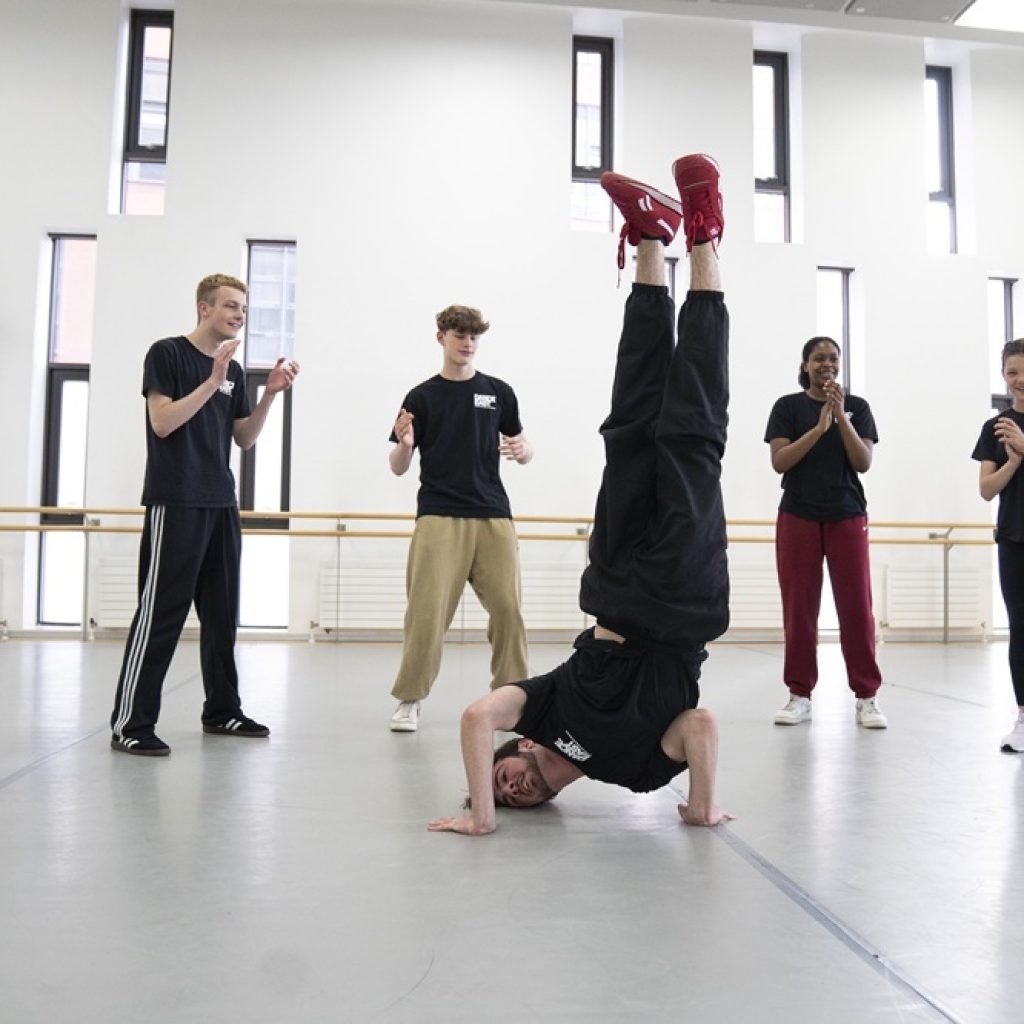
Keaney expands further. “Because of inflation, COVID, etc., it costs loads more to put on a show than it did five, 10 years ago. It’s harder to get audiences – we’re getting them back, but it’s slow. So, the dance economy which looked really healthy and optimistic, is much more fragile. Unless we find a way to make touring more accessible, my concern is that dance will end up just in places like London.”
Keaney does have ideas for possible solutions. “The Arts Council is doing a review of touring now, and I’ve been part of the group that oversees that work. From our perspective, the Arts Council has been very focused on the social benefits of the arts. They need to refocus on the arts itself. My belief is the social benefits are fantastic, and we shouldn’t underestimate them, but you don’t get the social benefits without great art.”
These funding challenges have impacted Keaney personally as he’s led DanceEast. “We’ve always been incredibly careful about the work we present,” he shares. “My mission has been to get those people who would’ve liked neoclassical stuff to look at other things. We’re an educational charity, so I perceive that to mean, let’s get people to try different stuff they might not choose themselves. But we were really careful in the choices we would make to be sure our audience was comfortable with what we’re presenting.”
Due to limited funding for new works, DanceEast has had to shift its programming approach to reflect the times. “The last two seasons, it’s been less about choosing and more about what’s available,” Keaney says. “We’re not able to exercise the degree of choice we used to.”
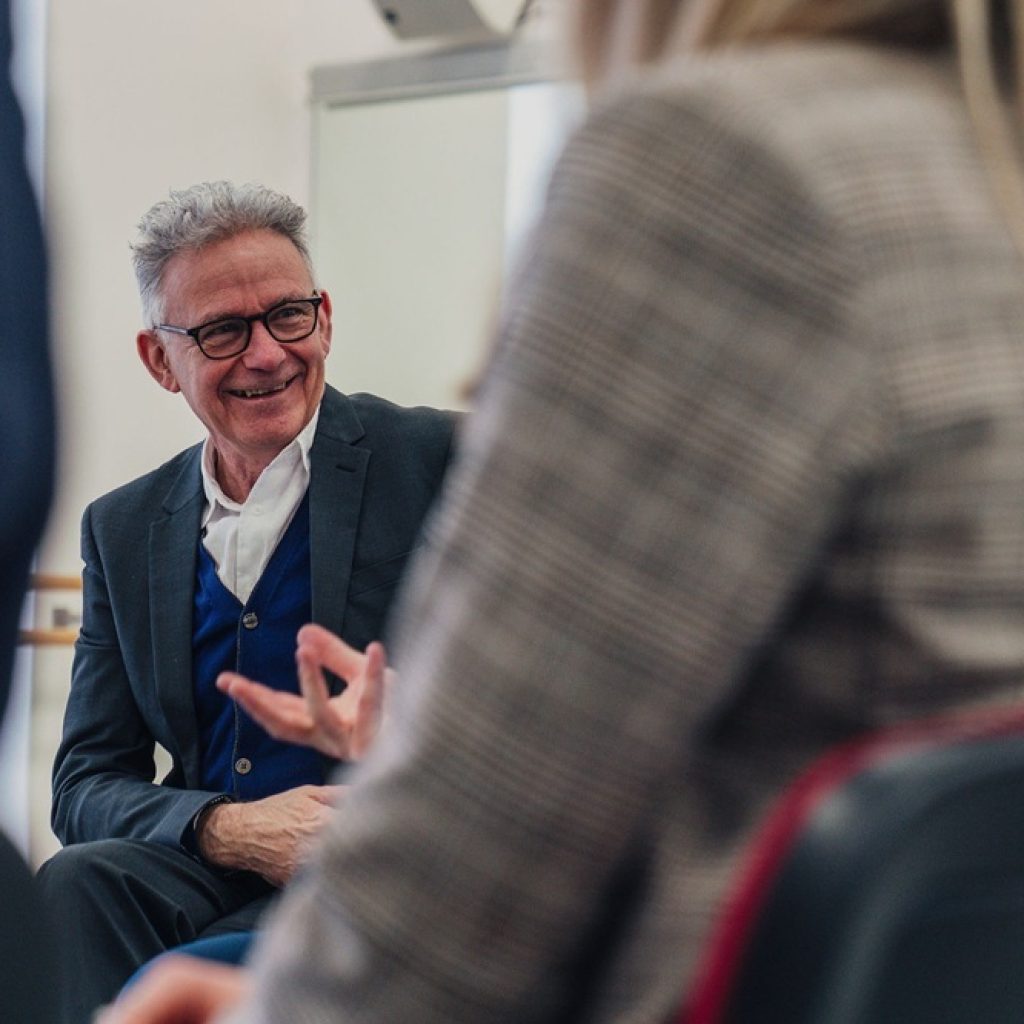
After an amazing 40th anniversary gala in 2019, COVID arrived, then there was economic turmoil, and in 2023, Keaney was diagnosed with Lymphoma. Despite all these hurdles, he continued to lead DanceEast.
When Keaney first was diagnosed, he knew he wanted to stay working, and came into the office most days. The experience shaped him as a leader. “The best thing about cancer was I had to rely a lot more on my colleagues. I always knew leadership isn’t about telling people what to do, it’s about getting people to work together. But having those problems, you absolutely understand that you’re not going to be able to do this, and the person that can do this may actually do a better job than you.”
Keaney continues, “Watching people’s confidence grow was really exciting. The organization stepped up a lot. I think as leaders, we tend to censor other people more than we should. But, I couldn’t; I had to just let people step up.”
Reflecting on his time leading DanceEast, Keaney shares his proudest accomplishment. “We built a happy organization. Colleagues who leave always say they had such a nice time. It’s a collegiate organization where people respect one another and value the work. There’s a really good sense of common purpose here. People believe in what they’re doing and that translates into the relationships we have.”
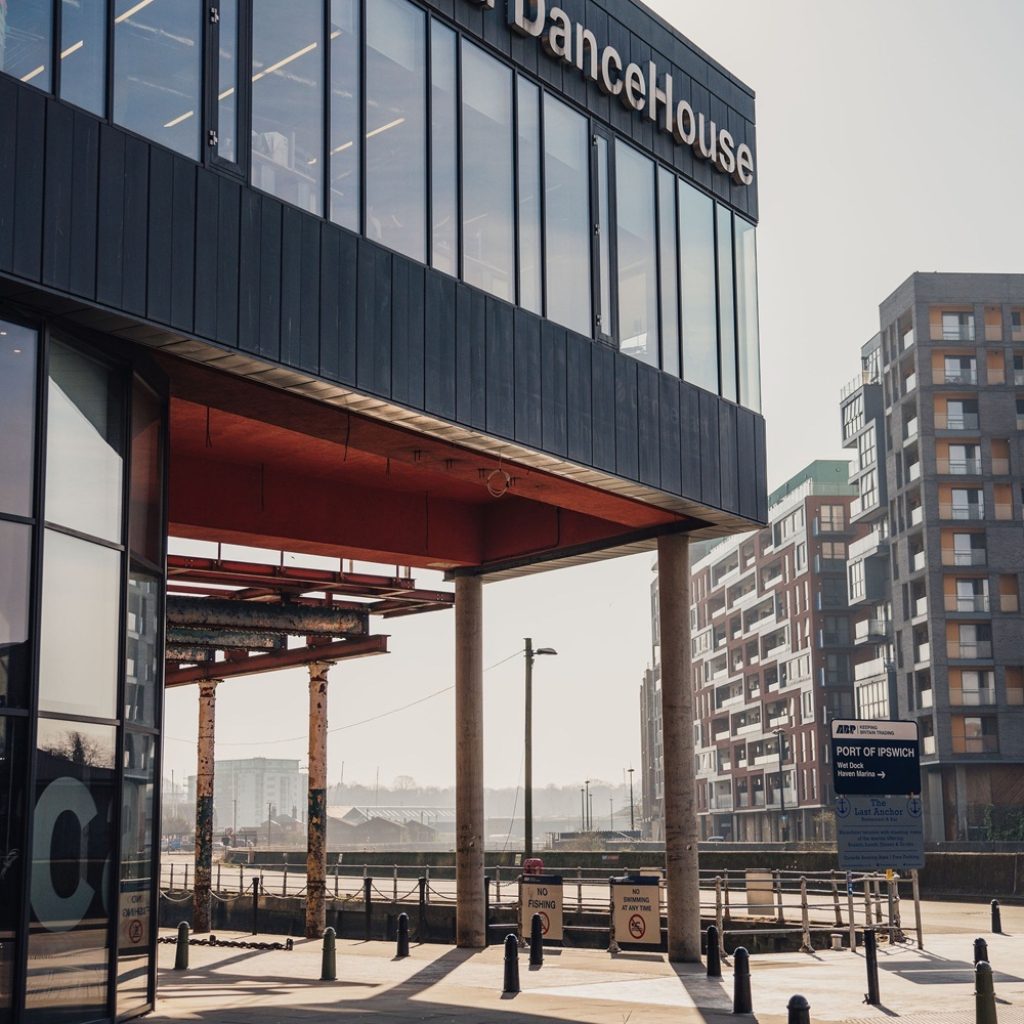
While the UK dance industry has some challenges to overcome, Keaney is optimistic about the future. “I hope that despite the hiccups, there will be the next renaissance of dance. People will get back to remembering the impact of live dance, like I did when I saw Rambert – it was a life-changing moment. It won’t change everybody’s life, but there are people out there like me for whom the right encounter could make a difference.”
Keaney’s immediate retirement plans include a visit to Ireland, but he intends to return to the UK and use his years of experience to improve the UK’s dance lobby. “When I get back from Ireland, I’m going to start thinking about how we can improve the dance lobby,” he notes. “We had a bit of funding wobble last year with our CAT program, and it made me realize how vulnerable dance is.”
As we finish our conversation, Keaney shares one final thought. “I think I’m a very lucky man to have discovered dance when I did and to have had this extraordinary career. I wasn’t academic in school, so God knows what I would’ve ended up doing. To have had this fantastic career, probably by mistake – I’m a lucky man, and I’m very grateful for that.”
Visit danceeast.co.uk for the latest DanceEast news.
By Melody McTier Thomason of Dance Informa.





